Introduction
The National Pavilion of Biodiversity, situated within the cultural corridor of Ciudad Universitaria, serves as a new facility for UNAM. Designed by FREE and Fernanda Ahumada, the pavilion is dedicated to expanding and preserving the archive of the Institute of Biology while providing thematic laboratories for scientific research on Latin America’s largest collection of deceased species.

Concept and Design
The architectural concept revolves around the symbolism of the Tree of Life, representing the interconnectedness of all living beings. The central staircase, resembling the double helix of DNA, serves as the focal point, connecting various spaces within the pavilion. Architecturally, the radial layout of the building’s design reflects the infinite diversity of biodiversity. The use of materials such as glass, aluminum, and local stone establishes a harmonious connection with the surrounding environment.

Spatial Organization
Spanning over 11,000 square meters across three levels, the pavilion houses exhibition rooms, multimedia facilities, a digital library, offices, storage areas, and laboratories. Each level features three concentric rings: the public program, collections, and specialized consultation spaces. This layout encourages interaction between different users of the building while optimizing storage and circulation.

Functional Features
The circular floor plan enables panoramic views of the natural landscape, with a facade that adapts to lighting and ventilation requirements. The lower level integrates views of the surrounding biodiversity, while the upper levels feature glass and perforated aluminum facades. The dynamic facade, composed of thousands of aluminum modules, creates a sense of movement, symbolizing the evolution and vitality of biodiversity.
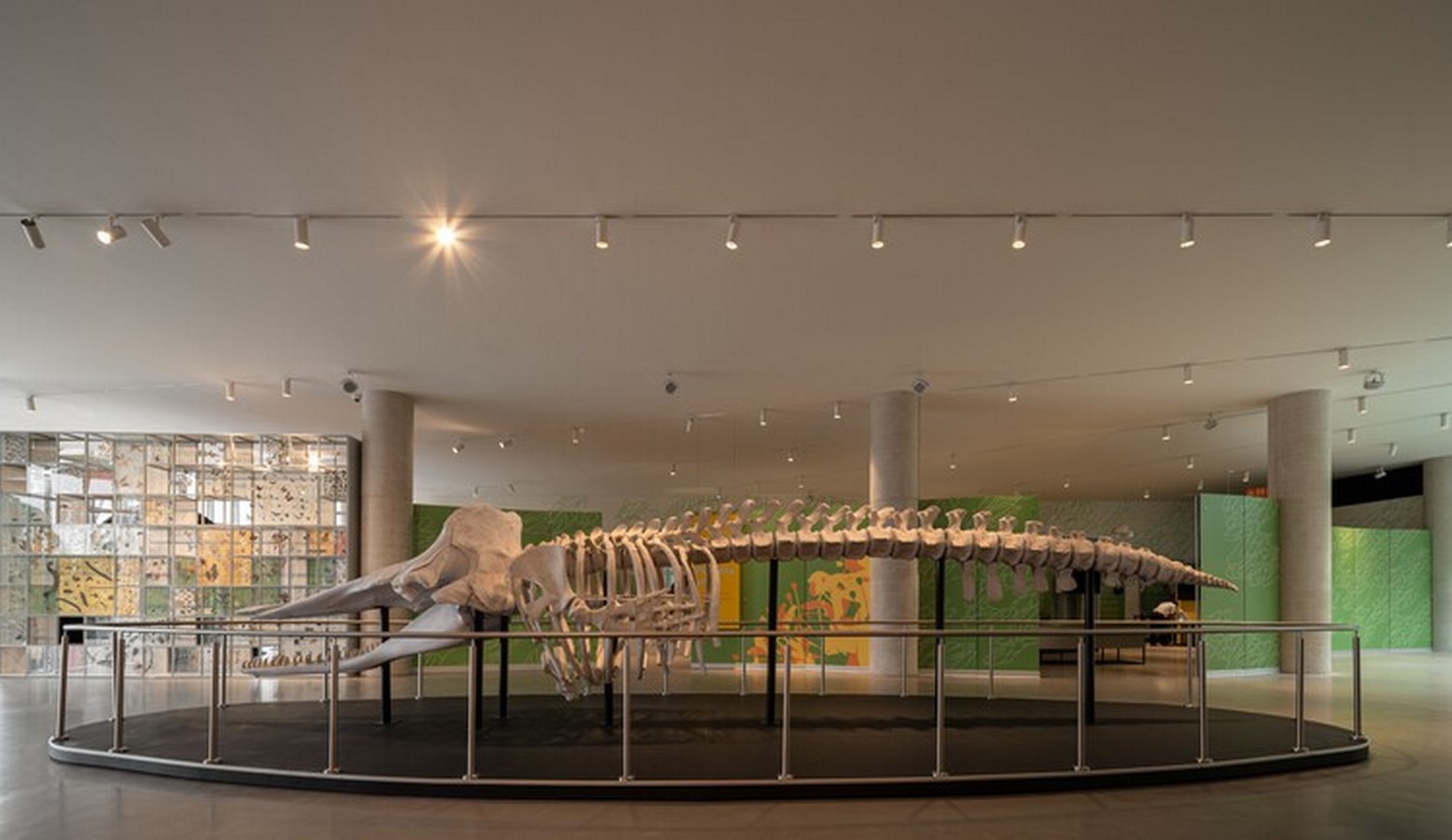

Sustainable Design
The base of the building is constructed from volcanic stone, showcasing the region’s unique geological heritage. Additionally, the pavilion incorporates high-density compactors for storage and an orthogonal structure to optimize storage space and accommodate future growth. These design features contribute to the building’s sustainability and longevity.

Conclusion
The National Pavilion of Biodiversity serves as a fusion of public and private spaces, inviting visitors to explore the wonders of biodiversity while promoting scientific inquiry and conservation efforts. With its innovative design, sustainable features, and educational initiatives, the pavilion embodies a commitment to preserving and celebrating the richness of the natural world.




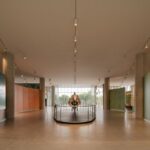












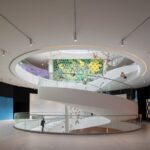



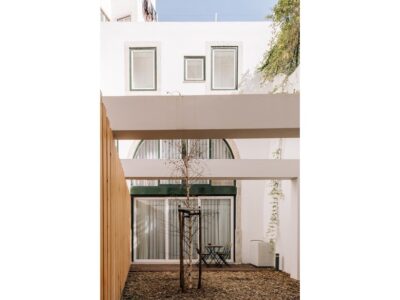
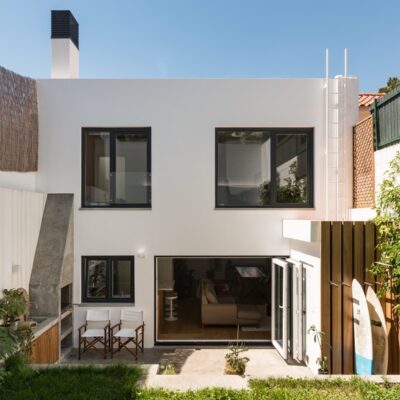





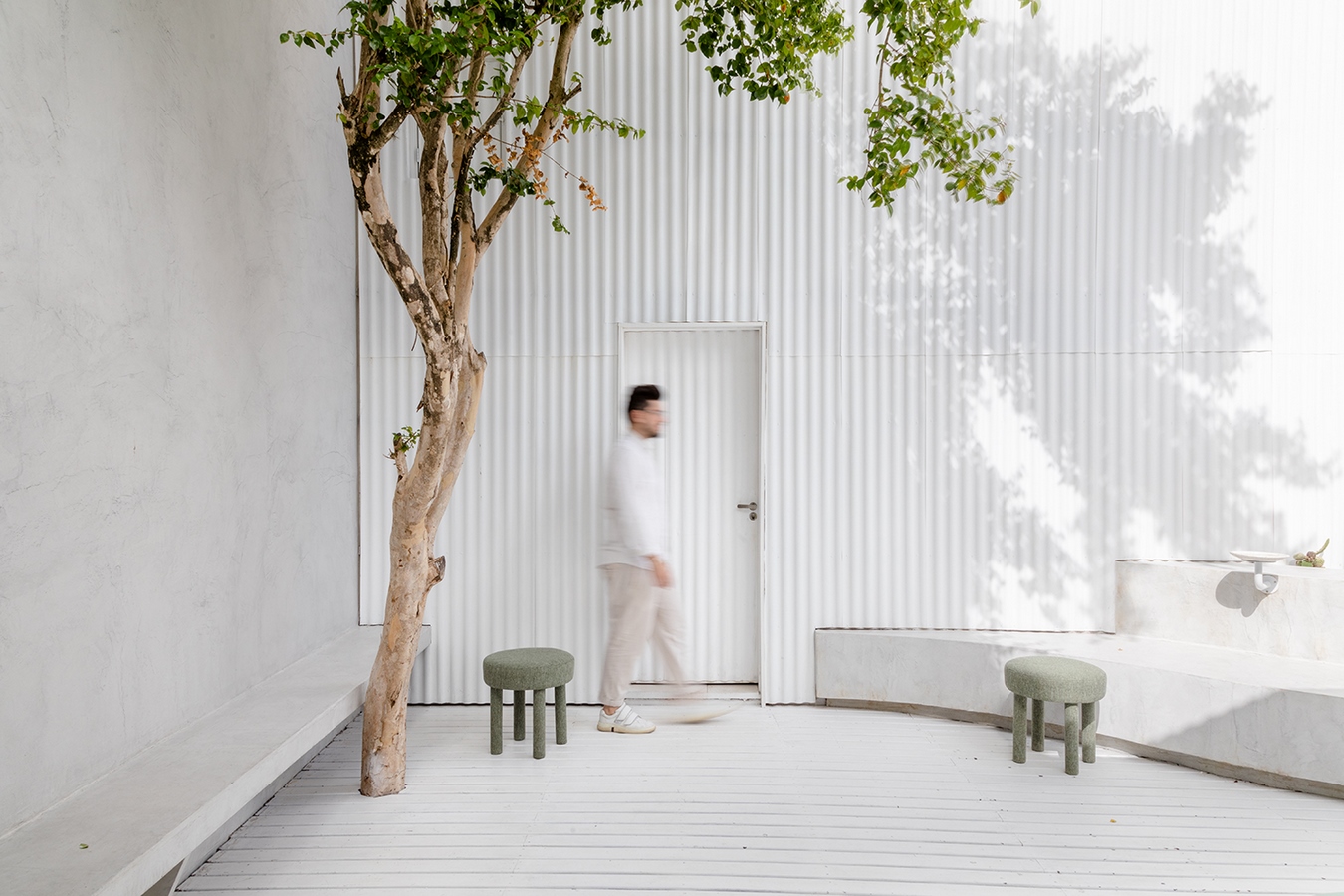
Comments